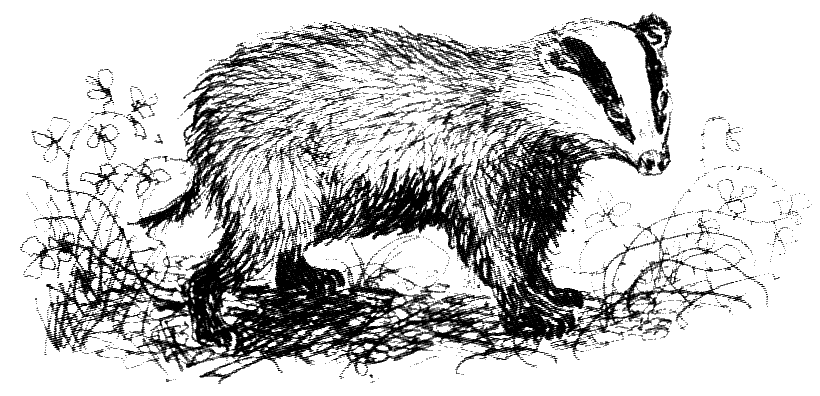Vikings and squirrels.

JAcross Europe, the red squirrel is recognised as an endangered species. The U.K populations are at risk due due to :-
- Habitat loss
- Competition with Grey Squirrels
- The effects of the squirrel pox virus
The last two are a result of the introduction of the grey squirrel from America in the 19th century. Red squirrels are at home in all types of woodland and may even be seen in parks and gardens, but they 'like' mixed conifer forests best. Scotland is home to many of the U.K's red squirrels. The number of squirrels is quite small – estimates of their number vary, perhaps there are less than 300,000* across the whole of Britain. The status of red squirrel populations is a matter of considerable interest.

Screenshot
In 2014, it was noticed that some members of the Scottish red squirrel populations had abnormal growths on their ears, snout and limbs. Further investigations found that the squirrels were suffering from leprosy. Leprosy is a bacterial infection, caused by two different species of mycobacteria: Mycobacterium leprae and Mycobacterium lepromatosis. The two types of bacteria have slightly different distributions in the squirrel populations of the U.K. Whilst leprosy in squirrels was first reported in 2014, it is likely that the disease has been around in squirrel populations for much, much longer, probably hundreds of years.

Profesor Verena Schünemann, Christian Urban et al have studied bacterial DNA extracted from human skeletons, dating from 400 CE to 1400 CE with deformities associated with leprosy. They 'reconstructed' the genetic makeup of mediaeval forms of the bacterium. Leprosy was not uncommon across Europe in mediaeval times - indeed up to the sixteenth century. Disease, in its many forms , was a common part of life - dysentery, diphtheria, typhoid, smallpox, and plague meant that life expectancy was limited. The last indigenous case of leprosy in the UK dates back to 1798. In humans, leprosy causes muscle and nerve damage, which lead to deformity, blindness and disability.
Interestingly, research by Dr. Sarah Inskip has revealed that a pre-Norman skull [found in Hoxne in Suffolk] had a leprosy strain related to a form known to affect squirrels. The same strain has also been found in medieval scandinavian skeletons. It is possible that the trade in squirrel pelts (and meat) could have contributed to the spread of the disease. Strong trade connections with Denmark and Sweden were in full flow in the medieval period. Squirrel fur was also used as a lining for fine clothes and squirrels were kept as pets by some.
The historical spread of leprosy is not fully understood. The disease may have passed from squirrels to humans or vice versa in historical times. Further study of the microbes that cause this disease (and that in squirrels) will help determine how the disease is acquired and transmitted. The risk to human health is low. (Even so, good hygiene should be followed during any contact with wild animals). Professor Anna Meredith (University of Edinburgh) is researching into this disease in squirrels.
Further reading / articles:
- https://www.newscientist.com/article/mg14819991-200-virus-blamed-on-invading-squirrels/
- https://www.science.org/doi/10.1126/science.aah3783
- https://www.theguardian.com/science/2017/oct/25/medieval-love-of-squirrel-fur-may-have-helped-spread-leprosy-study-reveals
- https://www.sciencedaily.com/releases/2017/10/171025103109.htm
Comments are closed for this post.
